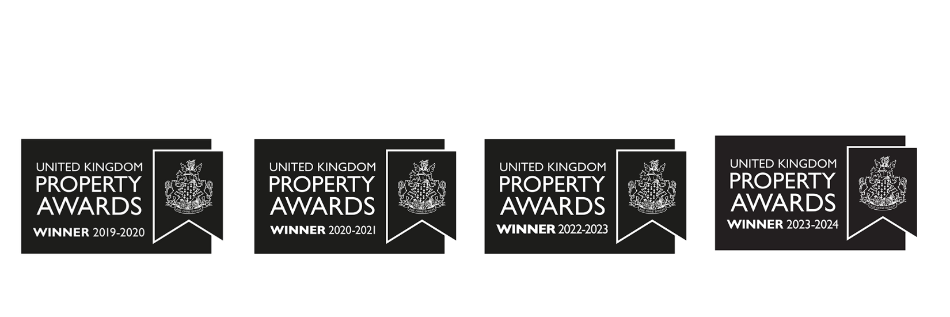So you want to buy a rental property and everyone knows that you need a minimum of 25% deposit? Or is that the case? Well most buy-to-let mortgages do indeed need to be 25%, but there are lenders out there that could stretch this figure, with some offering an 85% LTV meaning that you could possibly put down as little as 15%. This is not the norm and we tend to offer slightly different advice. In general, we suggest that you budget for a 65% LTV figure from the mortgage company as with that figure you will be guaranteed to get a mortgage offer and not suffer disappointment when trying to purchase. Why so low? We do tend to find that lenders down value properties in many cases making your costings in real terms more difficult. If you budget for a low valuation, factoring in the possibility that you may need to put more cash in then you should be ok. All that said, this is a personal view that we hold and is purely for peace of mind when budgeting your purchase. How does all this differ from a standard residential mortgage? Primarily it’s all to do with the size of the deposit. This can be as high as 100% LTV, although normally the LTV on residential mortgages is 90-95%.
How do buy-to-let mortgages differ from normal ones? Buy-to-let mortgages are essentially the same as residential, with the lender taking a charge over the property and borrowers obliged to make payments in the same way. They mainly differ in terms of calculating affordability and eligibility. Here the guidelines are more stringent. The maximum amount you can borrow for a buy-to-let mortgage is linked to how much you can rent out a property for. Lenders typically like to see average rental income that is significantly higher than the monthly repayment. The exact amount depends on the individuals’ tax status, as due to Prudential Regulation authority (PRA) changes, higher rate tax payers will need to evidence more rental income in order to afford the mortgage and increased tax payable. This is linked to an interest coverage ratio (ICR), where typically lenders require the rent to cover the mortgage payments to a different degree, when based on interest calculated at 5.5%. Lower rate tax payers need a minimum of 125% coverage, and higher rate tax payers more than this. Lenders can have different policies on the threshold for higher rate and upper rate tax calculations, as well as for cases they deem more risky. For example, a £200,000 Buy-to-let mortgage with interest calculated at 5.5%, would cost £917 a month in interest payments.
This means that the monthly rental income would need to be:
• Basic Tax Payer 125% £1,146.25
• Higher tax rate 145% £1,329.65
• Top rate tax payer 160% £1,467.2
• HMO Mortgage 170% £1,558.9
If the rent is not enough, higher rate tax payers either borrow less, or would need to consider a lender that is happy to include their own personal income toward mortgage payments – known as “top slicing”. So the bigger the deposit the better ICR and therefore an easier proposition for a lender. There is one key thing to also remember here and that for the most part a BTL mortgage is typically an interest only product, which means that you will have to pay the debt off at the end of the term, unless you re-mortgage. There is obviously the option of paying the debt off by selling the property, but that may be impacted by the price you can sell at, prices do go down as well as up. Any shortfall does need to be made up, and re-mortgaging will also be impacted by values if that’s the route you take.
Generally speaking, the amount of deposit needed is a blend of, how much you can afford, at what level of deposit does my money give me the best returns (there is a point where you hit a level of diminishing returns), sweating the asset! And finally what amount is required by the lender to borrow the funds. Once you have ascertained that then it’s up to you the investor how much you put down.
For more information, get in touch with our Invest team today on 0207 183 0646 for complimentary advice.



